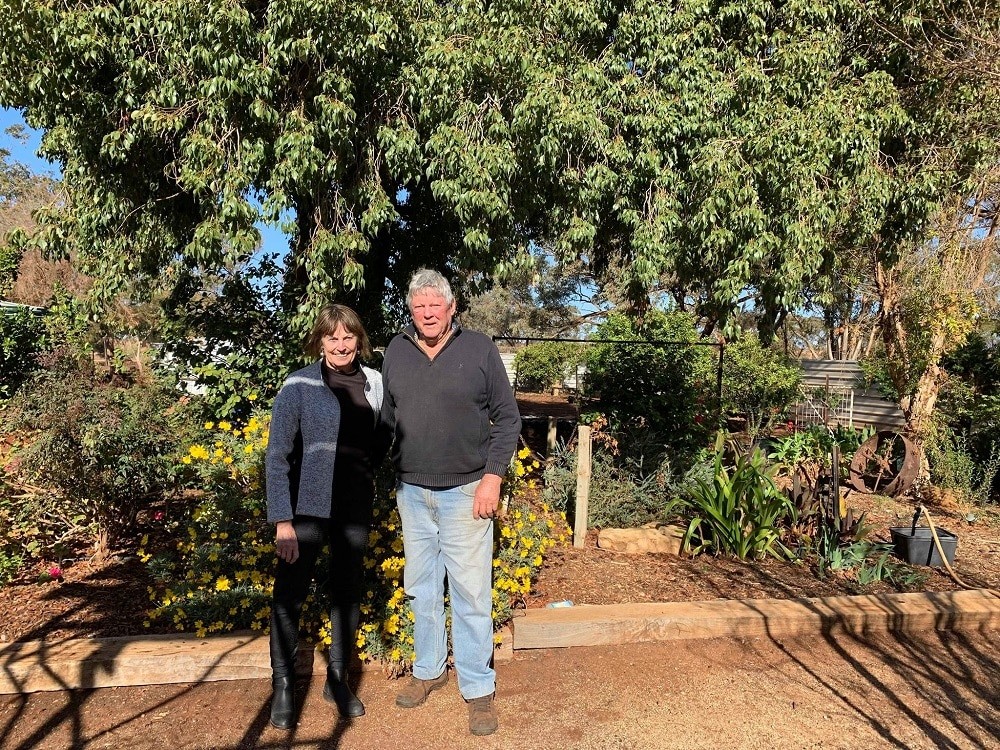Peacocks, with their dazzling plumage and regal bearing, have long captured human fascination. For some, the allure extends beyond admiration, sparking the question: Can You Have A Peacock As A Pet? While the idea of these ornamental birds gracing your backyard is enchanting, responsible pet ownership requires careful consideration. Let’s explore the realities of keeping peacocks as pets, delving into what it truly entails.
The Allure of Peacocks as Pets: Why Are People Drawn to Peafowl?
The desire to own a peacock taps into a sense of historical grandeur and natural beauty. As James Goodrich, President of the Pheasant and Waterfowl Society of Australia, notes, “I think there’s a nostalgic thing of keeping ornamental wild birds.” For many, peacocks represent an impressive and unique addition to their property. Their striking appearance is undeniably a major draw. The vibrant blues and greens of Indian peacocks, and the pristine white of white peacocks, transform any landscape into a spectacle. This visual appeal is particularly attractive for those with large properties or commercial venues seeking to enhance their grounds. Rare varieties, like white and green peacocks, command even higher prices, sometimes exceeding $1,000 per bird, reflecting their sought-after beauty.
The Realities of Peacock Ownership: Space, Noise, and Regulations
While their beauty is undeniable, understanding the practicalities of peacock ownership is crucial. One of the primary considerations is space. Peacocks are not suited for typical suburban backyards. They require substantial room to roam and thrive. Ideally, owners should have acreage, far from densely populated residential areas. As Goodrich points out, “The difficulty is either people have to keep them in very big enclosures, or they need to look at free-ranging them, which has its own implications.” Confining peacocks to small spaces is detrimental to their well-being.
Noise is another significant factor. Peacocks are known for their loud calls, which can be disruptive to neighbors. While some councils may not have specific peacock policies, noise complaints can lead to restrictions, especially in residential zones. The District Council of Loxton Waikerie, for instance, advises against keeping peacocks in residential areas if their noise becomes offensive. However, regulations vary, and some areas may permit peacocks for domestic enjoyment as long as they don’t disturb others. It’s essential to check local council regulations regarding bird ownership before acquiring a peacock.
Moreover, it’s important to acknowledge that peacocks are not traditional pets in the sense of being cuddly companions. Breeders, even those passionate about peafowl, admit they are “not particularly good companions.” Their appeal lies in their ornamental value rather than their interactive nature.
Expert Opinions and Breeder Insights: What Experienced Owners Say
For those with experience raising peafowl, the realities and rewards become clearer. Jill and Peter Fogden, who have bred peafowl for over 40 years at their Noora property, offer valuable insights. Jill Fogden describes them as “such pretty things and they’re no trouble to have if you’ve got [the] area for them. They don’t [stray] away from your property.” Their long-term experience underscores the importance of adequate space for these birds.
Jill and Peter Fogden, experienced peafowl breeders in South Australia, emphasize the need for ample space when keeping peacocks as pets.
Fogden also mentions a common myth, stating, “They’re supposedly good to keep the foxes away from chickens, but I’m not 100 per cent sure on that really.” She humorously compares them to “watchdogs” for their alertness to unusual sounds, but clarifies, “Mostly the mangy foxes [still] come around looking for a feed of some chickens.” Queensland bird breeder Marcia Ludlow reinforces this, noting peacocks are better at alerting than protecting: “They don’t actually keep snakes away, but they will let you know if there’s a snake around because they honk really loudly.” These breeder perspectives highlight that while peacocks may offer some benefits like predator alerts, they should not be relied upon for property protection.
Practicalities of Peacock Care: Enclosures, Diet, and More
If you have the space and are prepared for the noise, understanding the practical aspects of peacock care is the next step. Whether you choose to house them in large enclosures or allow them to free-range, careful planning is essential. Enclosures must be spacious and secure, protecting the birds from predators and the elements. Free-ranging peacocks require a safe environment with minimal hazards and consideration for local wildlife.
Peacocks are omnivores and have a varied diet. In a free-range setting, they will forage for insects, seeds, and plants. Supplementation with commercial bird feed, grains, and greens is necessary to ensure they receive balanced nutrition, especially in enclosures. Access to fresh, clean water is also crucial. While generally hardy, peacocks, like all animals, can be susceptible to diseases. Regular health checks and preventative care are important. Information on peacock-specific health issues and lifespan can be researched further through avian veterinary resources and breeder networks.
Are Peacocks Good Pets? Weighing the Pros and Cons
Deciding whether a peacock is a “good pet” depends entirely on individual circumstances and expectations.
Pros:
- Ornamental Beauty: Unmatched visual appeal, enhancing property aesthetics.
- Potential Predator Alert: They can act as an alarm system for approaching animals or disturbances.
- Relatively Low Maintenance (in large, suitable environments): Once established in a proper environment, their care can be straightforward.
- Holding Value: Certain varieties, especially rare ones, can retain or increase in value.
Cons:
- Space Requirements: Need significant acreage or very large enclosures.
- Noise Levels: Loud calls can be disruptive and cause neighborhood issues.
- Not Companion Animals: Lack the interactive and affectionate qualities of typical pets.
- Regulatory Considerations: Local ordinances may restrict or prohibit peacock ownership.
- Potential Mess: Large birds produce significant droppings.
The Question of Eating Peacocks: Beyond Ornamental Value
While primarily kept for their beauty, the article touches on an intriguing question: can you eat a peacock? James Goodrich mentions it’s “not really an eating sort of bird” in modern times, linking it to a “medieval thing.” However, he acknowledges that game birds are generally lean and healthy meats. Jill Fogden recounts their experience of eating peacock, describing it as leaner due to their free-ranging lifestyle and requiring “feeding up” for more meat. Despite this, breeders emphasize that their value lies predominantly in their ornamental appeal, not as a food source.
White peacocks, highly sought after for their stunning appearance, can sell for substantial prices in the pet trade.
Conclusion: Is Peacock Ownership Right for You?
Ultimately, the question of “can you have a peacock as a pet?” isn’t a simple yes or no. It hinges on your capacity to meet their specific needs. If you possess ample space, can manage potential noise concerns, and appreciate their ornamental value without expecting companionship, then peacock ownership might be a rewarding experience. However, thorough research into local regulations, commitment to providing a suitable environment, and realistic expectations about their nature are paramount. As James Goodrich aptly summarizes, “They’re a very grand bird and they certainly give you that feeling of exuberance [when you] have them on your property.” For the right owner, the grandeur of a peacock can indeed bring a unique and impressive dimension to their lives.

